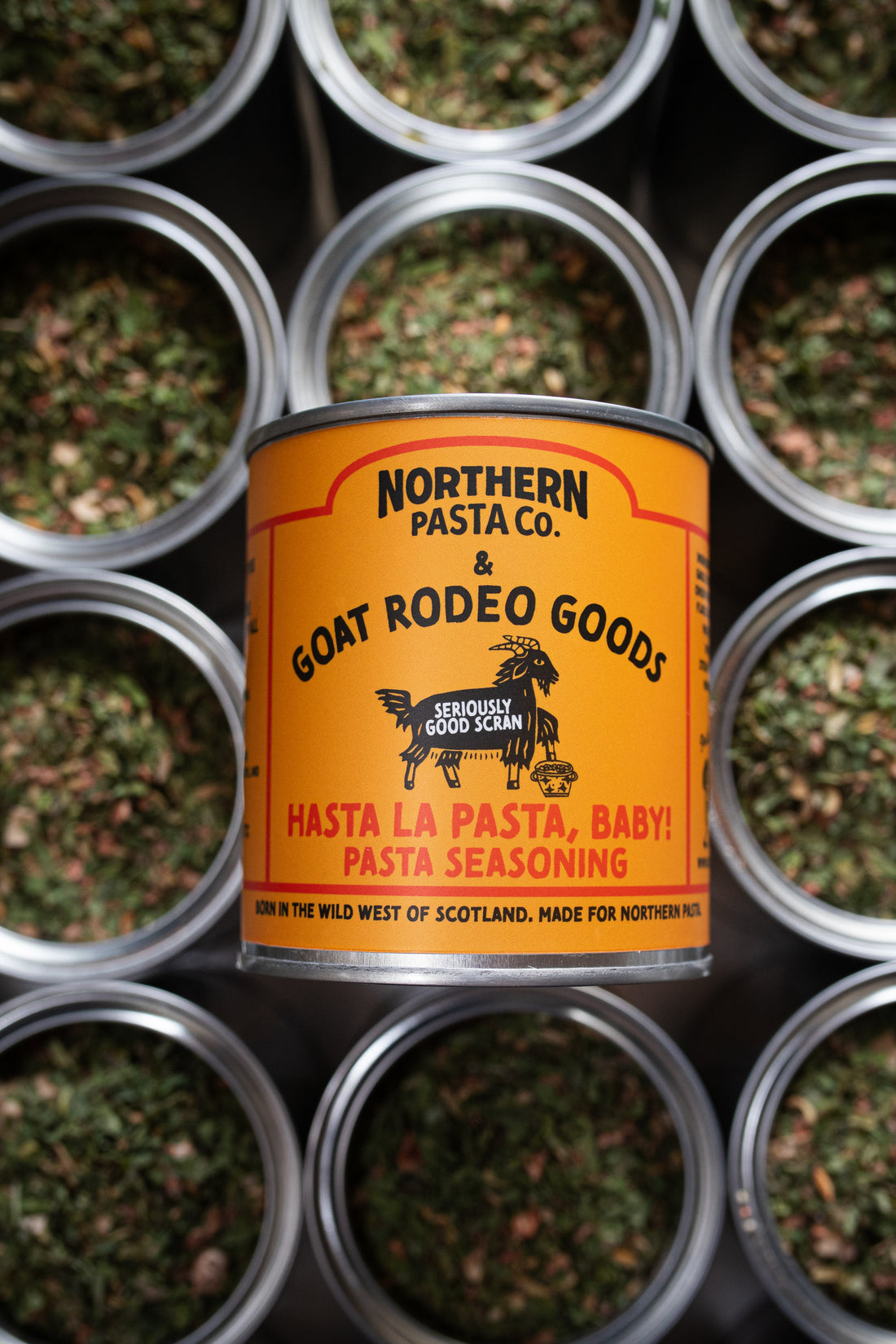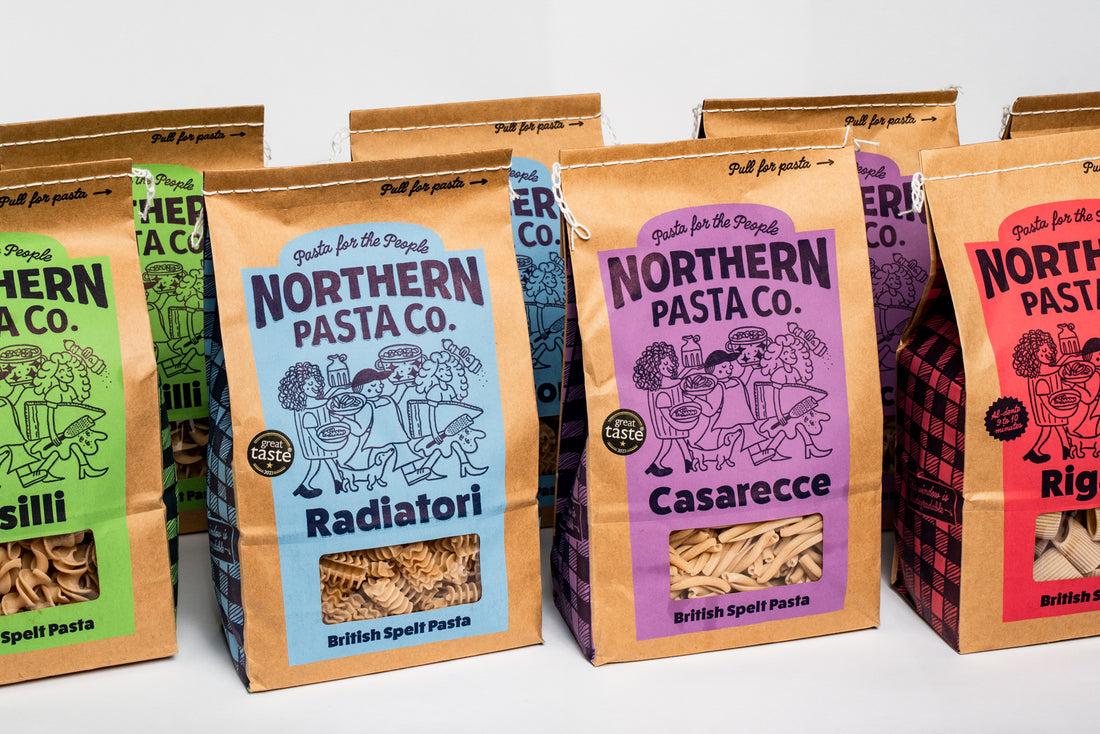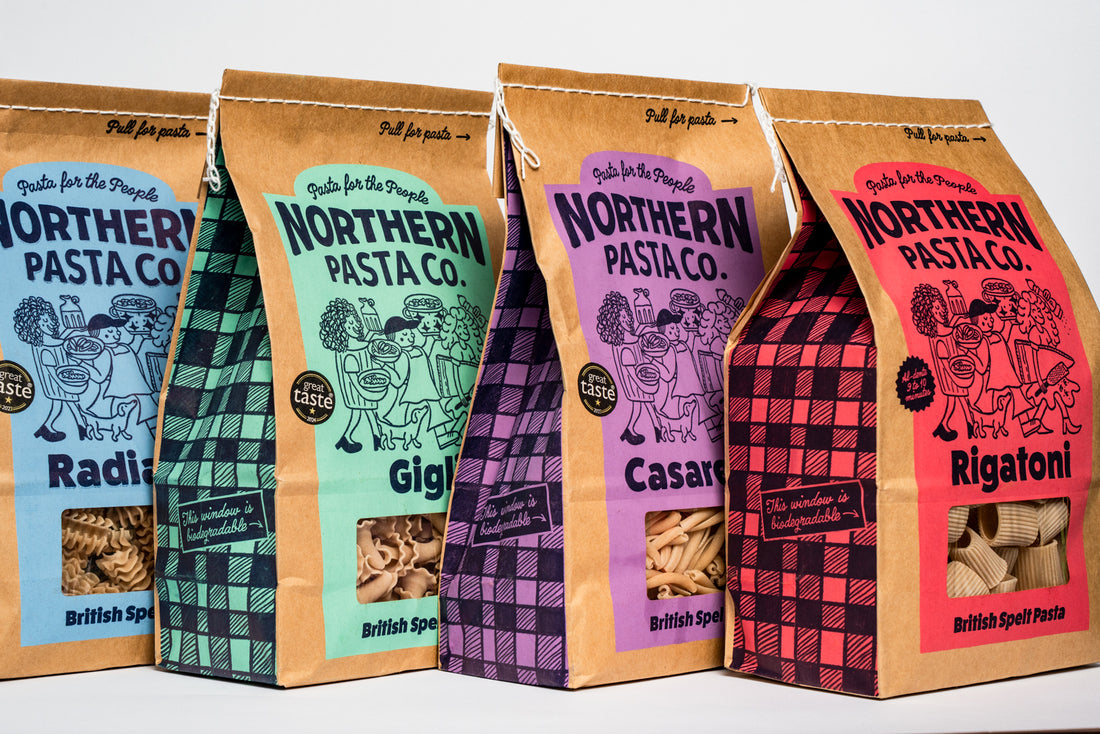We're excited to share with you our May edition of diaries from the farm, in conversation with Ed Horton, over to you Ed.
I am writing this from the Peruvian city of Cusco, nestled high in the Andes mountains, as I prepare to take on a five day ultra marathon through the Amazon rainforest. Whilst I’m here prepping to run 290km through some of the most biodiverse habitat in the world, the late spring sunshine and higher temperatures at home in the farm have seen an explosion in the bird and insect life. Swallow and Swifts have returned from their overwintering in warmer climates far to the south, and their nests are already loud with the sound of newly hatched chicks being fed in a smorgasbord of insects that populate our wild flower meadows and grass margins.
Some of the earliest crops to be harvested this summer such as winter sown barley have thrown out their ears, and are entering what we call “grain fill” the most important and crucial stage of their life cycle. They have flowered and now use their leaves to draw in as much solar energy as possible to turn CO2 in to starch to make plump heavy grains for harvest in 6 weeks time. The Spelt for Northern Pasta is a few weeks later at producing ears and so is still looking lush and green.
Thanks to the poor weather over last autumn and winter we have had a large area of ground that didn’t get planted to winter crops. The weather this spring has also been very challenging to get spring crops planted with some of the highest rainfall figures recorded on record. We have just finished planting the last fields of peas and maize for this years harvest, 4-6 weeks behind schedule. This is risky, as if we get a drought, the poorly established young crops don’t have big enough root systems to combat the lack of moisture in the soil and will fail. Also being planted this late means harvest will be late and that can have a knock on effect of getting next years crops in the ground.
May is a time of year I feel when the farm looks its best, the hedgerows are full of the flowers of the hawthorn, dog rose, cow parsley, cow slip, and a myriad of other plants, the margins, nectar plots and environmental stewardship areas that we put aside to help increase bio diversity have woken up after a long winter and are starting to flower, ready to produce nectar and pollen for insects all through the summer and into the autumn.







